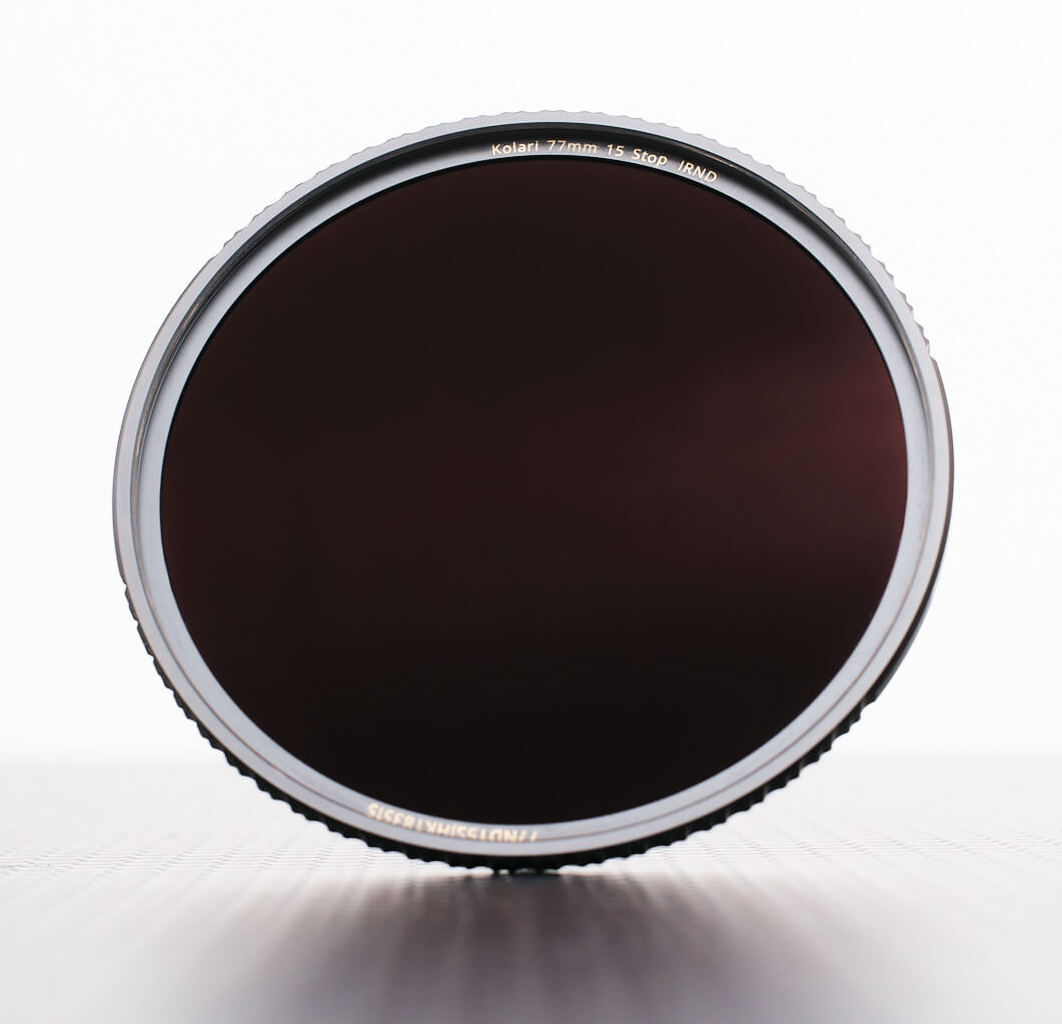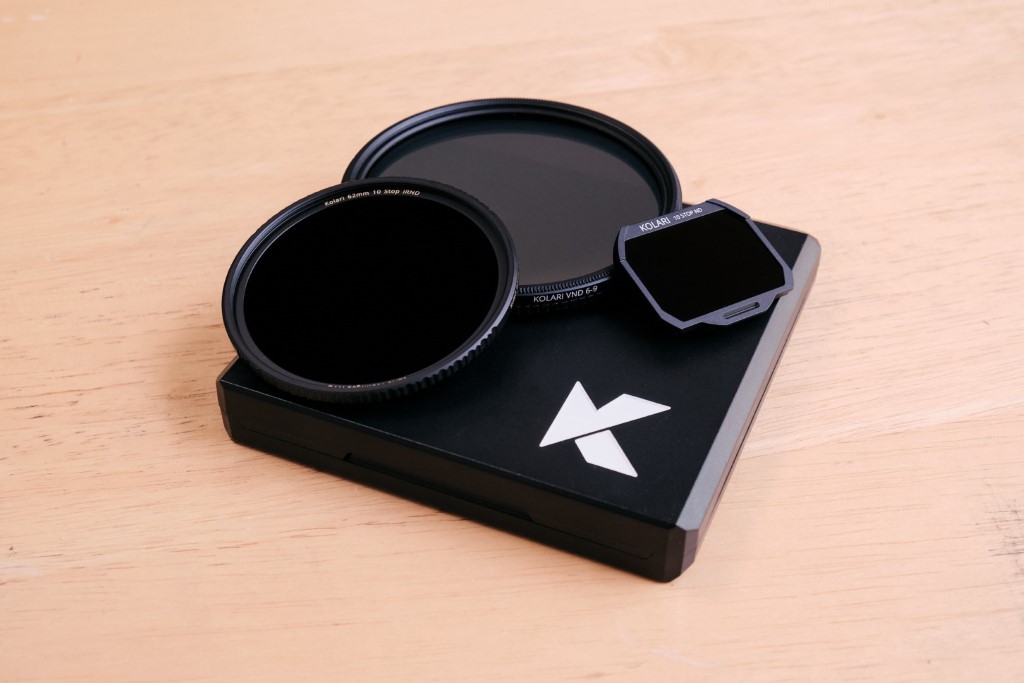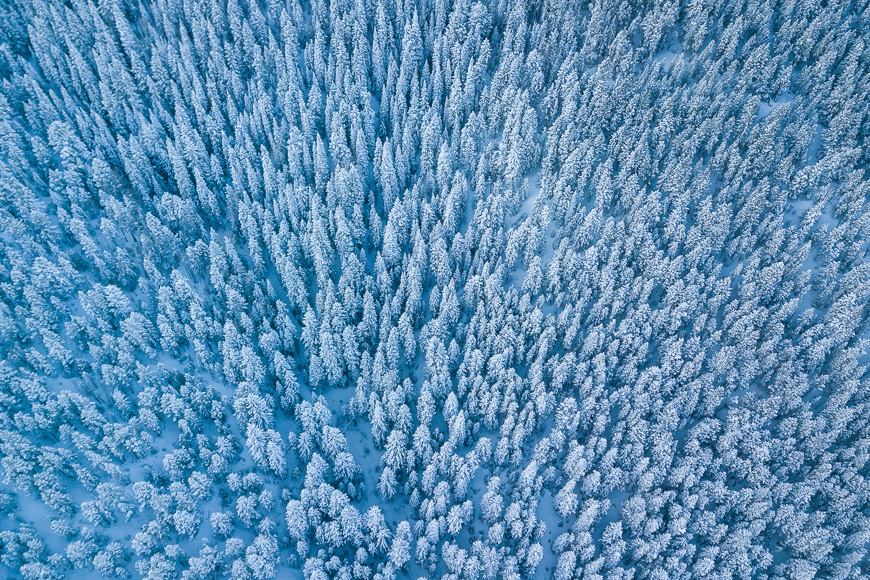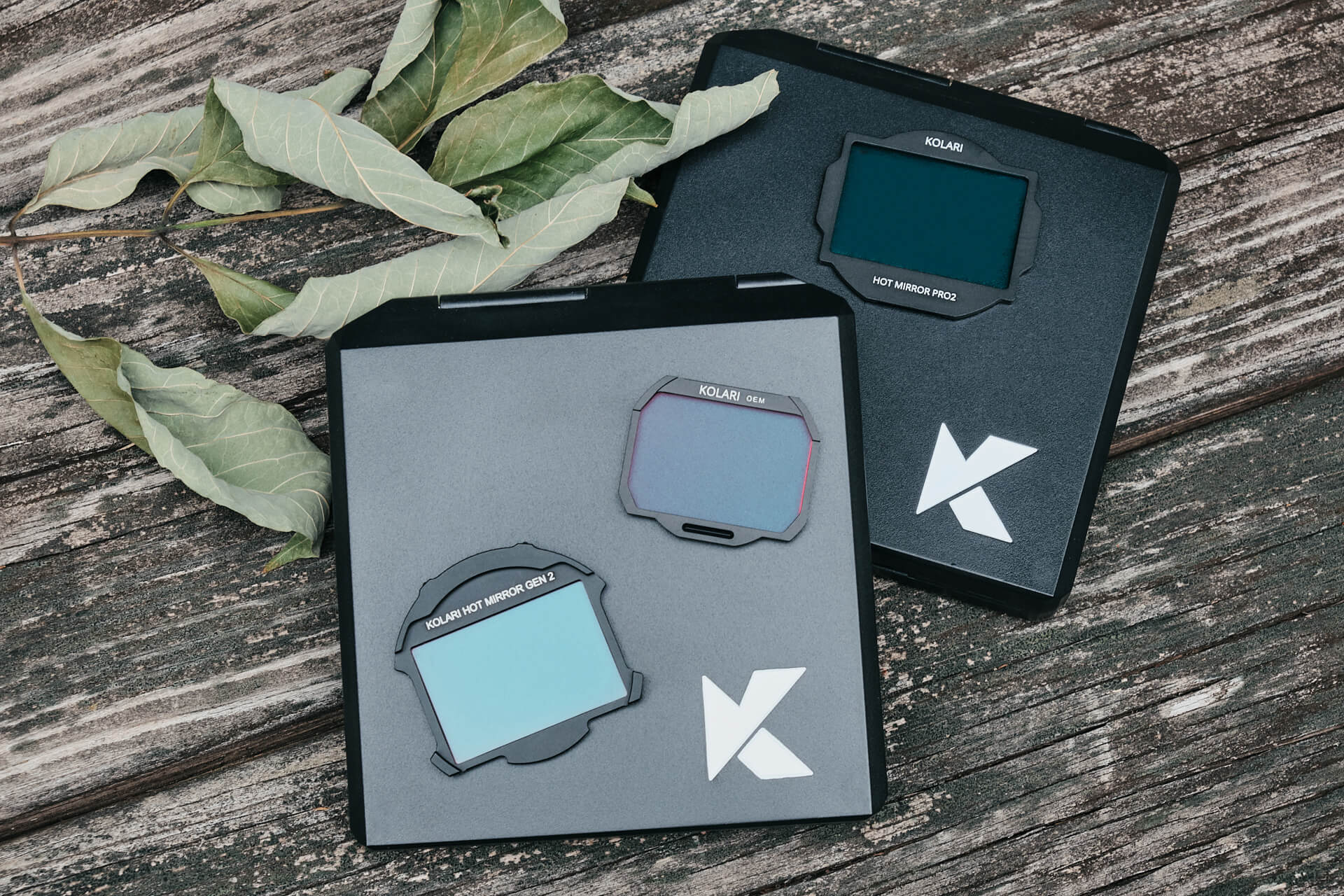On October 14, 2023, the moon will pass in front of the sun, and an annular eclipse will be visible over much of the United States and Central and South America. Unlike a total solar eclipse, the moon will not completely block the sun and make day appear like night. It will, however, make the sun appear like a thin ring of fire and has opportunities to be equally exciting to photograph. The difference between an annular and a total eclipse is that the moon’s orbit varies slightly in its distance from Earth. If an eclipse occurs when the moon is at a farther point during its orbit, it will appear slightly smaller and not large enough to cover the sun completely.
A major total eclipse is coming up in April 2024, which will be the first in the US since 2017. The October annular does not have quite the same level of hype and draw that the total will surely bring, but this eclipse is a good warm-up and chance to practice and dial in your photography setup before the big event next spring.
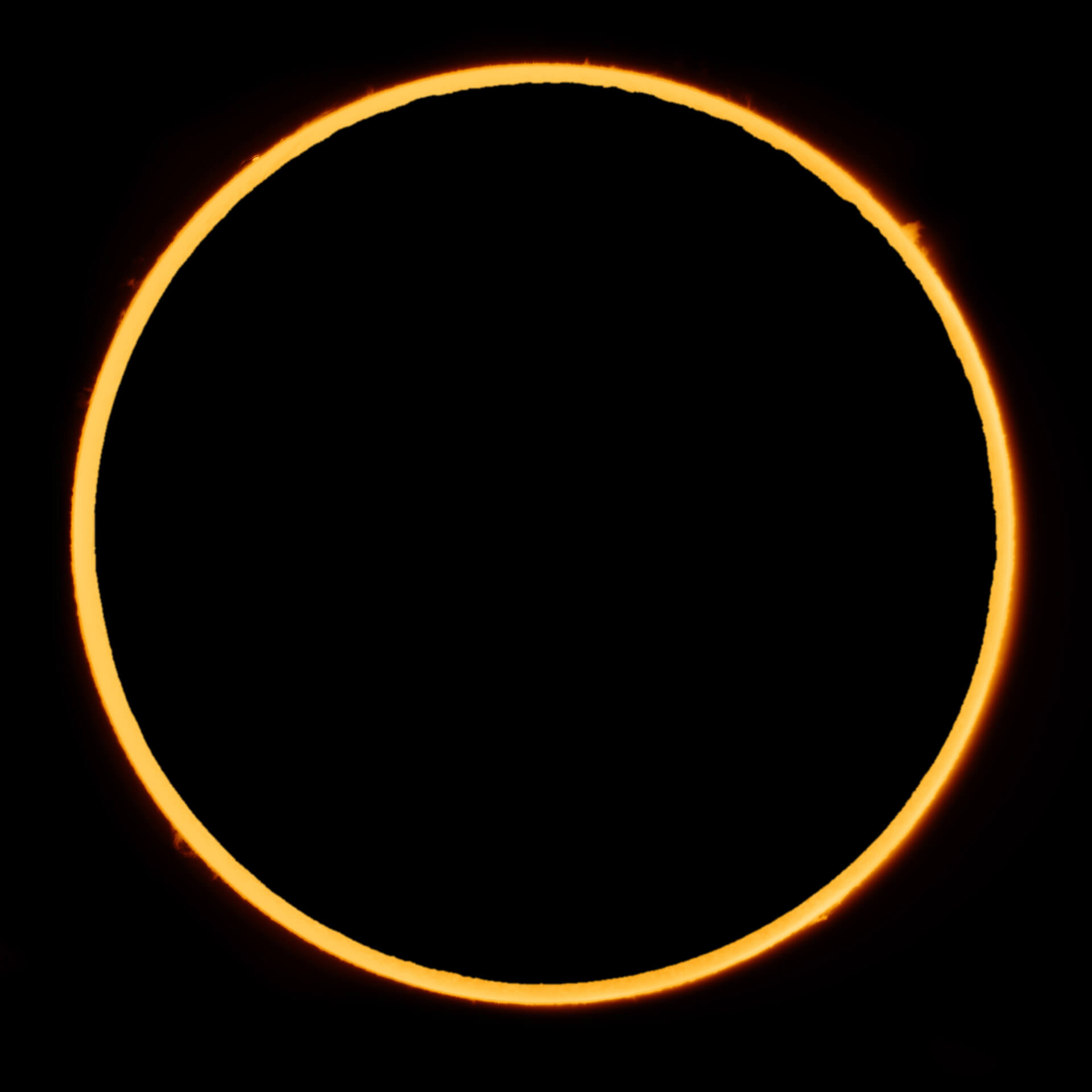
Eclipse Path
The path of annularity sweeps through Oregon, Nevada, Utah, New Mexico, and Texas, denoted by the path in the map below. Regions outside of this will experience a partial eclipse, where the farther from the center line, the less the moon eclipses the sun and for a shorter duration. To observe the ‘ring of fire,’ you must be inside the path of annularity.
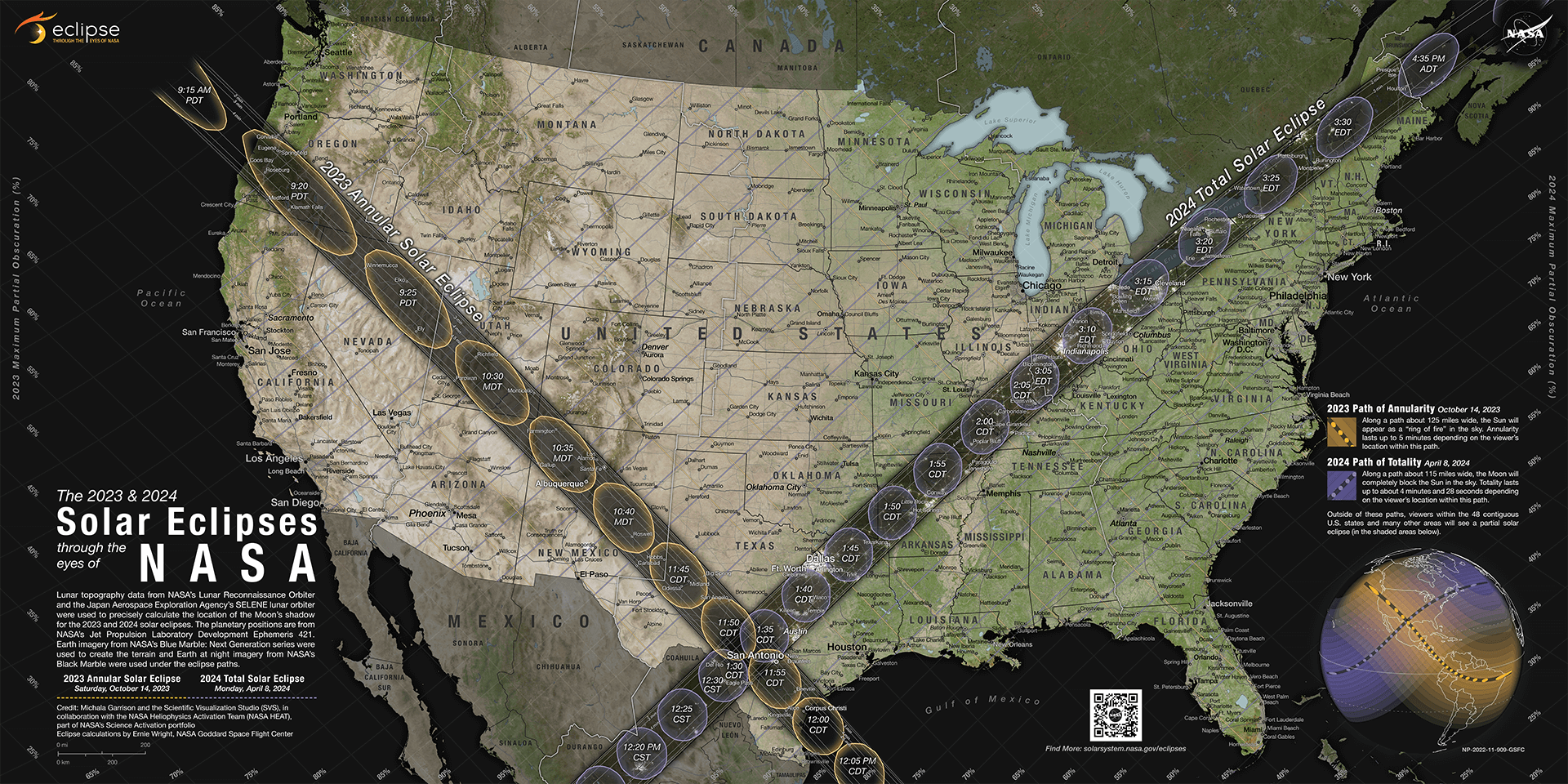
The closer you are to the center line, the longer the duration of the annular eclipse, and the more centered it will appear at the peak of the eclipse. In some locations, observers directly on the centerline will experience upwards of 4 minutes and 40 seconds of annularity. If you observe from closer to the edge of the annular path, the duration will be shorter. The NASA map shows time scales of duration at different points from the centerline.
You must be directly on the centerline to see a perfectly symmetrical ring effect at the eclipse’s peak. The further you are outside the center, the more asymmetrical the ring will appear, though this is still considered an annular eclipse at all distances within the path since the moon is entirely in front of the sun. The image below shows an annular eclipse and how it would appear before the peak or observing off-center from the centerline.
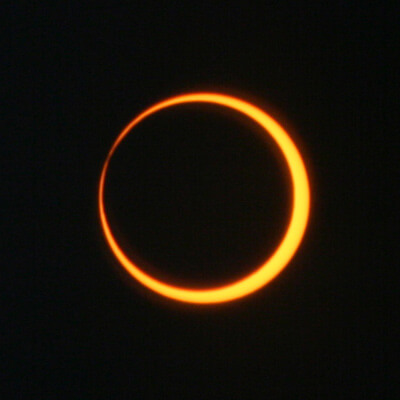
Planning Specific Locations and Preparing for Crowds
The annular eclipse path passes over several major cities, including Albuquerque, NM, San Antonio, TX, and numerous national parks. Crowds are going to be unavoidable in many places. The closer you are to a major population center or big national park, the worse it will be. San Antonio, TX, will be ground zero for the eclipse as people flock from all over Texas and the region.
If you plan to observe from a hub like this, plan to get there early and have your spot claimed the night before. Eclipse traffic can be a real problem, and streets can be gridlocked in popular areas for hours before and after. Hotels are likely already sold out in many places or have highly inflated rates. Try to find locations as far outside of the city as possible.
Many national parks along the path will also be prime locations. These include:
- Crater Lake National Park
- Canyonlands National Park
- Capitol Reef National Park
- Bryce Canyon National Park
- Great Basin National Park
- Mesa Verde National Park
And over 20 other National Park units.

My advice: avoid the big national parks and most of the top locations like the plague. They are the most obvious places for people to go, and overcrowding can be a big problem. Recently, for the August Perseids meteor shower, both Mt. Rainier National Park and Joshua Tree had severe issues with overcrowding as thousands of people flocked to the parks for those events. People got stuck in their cars, unable to leave the park for hours due to traffic jams. Roads and parking lots were gridlocked, resources were damaged, and it was a mess. And that was for an event that happens every summer.
Social media and local news will likely direct people to these popular places and add to the problem. You do not want to be stressed fighting traffic and crowds during this, and parking and finding places to set up will be difficult at the most accessible spots. I expect the Crater Lake area to be particularly problematic due to its proximity to major cities in the Pacific Northwest.
The Utah National Parks are at least a bit more spread out, but there will still be big crowds and traffic, so I would advise getting there extremely early while it is still dark or camping somewhere the night before and avoiding the most popular spots along main park roads. There are many opportunities to view the eclipse directly in the path in Utah, New Mexico, Oregon, and Nevada, which are on public lands but are not in major national parks. This is a much better idea.
Weather Forecasting
The most important thing for viewing the eclipse is having clear skies. Unfortunately, there is no way to know for sure in advance how the weather on that day will play out, but some locations have better odds than others. You can check historical climate data for that date and location. Many locations on the path in Oregon and Texas historically have around a 50% chance or worse of cloud cover in mid-October. The desert southwest regions through Nevada, Utah, and New Mexico are the most likely to have clear weather, with the number of clear days averaging 70-80% over much of this region.
Still, anything can happen, and we won’t have a great idea until a day or two before the event. If you are serious about catching this, have a backup plan and some flexibility. I am headed to Utah and am prepared to drive to Nevada or New Mexico if the weather outlook calls for it. Get familiar with your favorite weather forecasting apps and realize their limitations. Weather outlooks more than 2-3 days out are very unreliable and should not be given much weight.
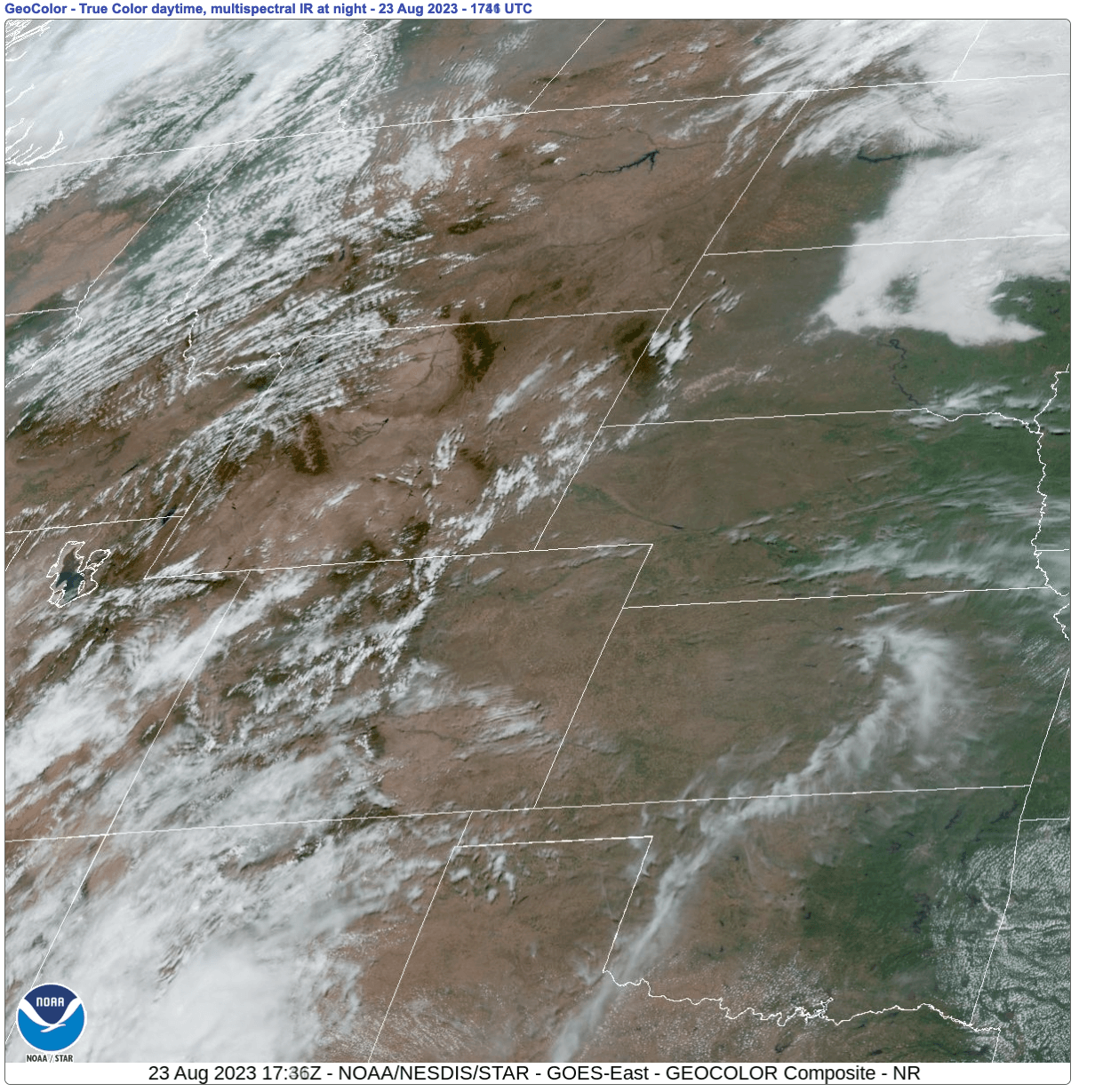
Cloud forecasts are all based on weather models, and you do need to look at them for the big picture. But I often see people looking at a cloud forecast and seeing a small area with a gap surrounded by clouds and thinking that it is reliable and it will be clear there, but they are not that accurate. The morning of, radar and live satellite imagery from NOAA is the only thing you should look at short term to make weather decisions. This imagery is real-time and not based on models like most weather forecasting apps showing cloud cover.
Equipment and Settings
An annular eclipse is unsafe to view with your naked eyes at any time. You will need some eclipse glasses to view it safely. These are available as inexpensive cardboard framed glasses, or you can spend a little more for solar-safe plastic framed glasses that look more like sunglasses.
For safe visual viewing and using larger telescopes, you should always use a proper solar filter designed for solar viewing. Filters using Baader solar film will provide the best clarity in white light, and they are available in premade filters and sheets. There are other types of film and glass solar filters with varying quality. Some will provide a natural yellow tint, which some people prefer, but the best white light filters will appear white and free from color. You can always add color later in post for the yellow-orange sun look.
For camera lenses, a good ND filter that is at least 15 stops will work fine. The quality of ND filters on the market varies, and I would only recommend a top-quality IRND filter with a flat response through the IR range if you go this route. For my wide-angle shot to capture the full phase sequence of the eclipse, I will use my 15-stop Kolari Pro IRND. I have tested it, and it provides a flat response and good clarity on the sun with no reflections. The Kolari Pro 20-stop IRND is also suitable for this kind of photography.
You may be tempted to stack ND filters you have lying around to get enough filtration, but this has a greater chance of introducing reflections. Note: Clip-in and drop-in ND filters are not safe to use with the sun; they must be in front of the lens. If you are using a DSLR, you should only use live view and not the optical viewfinder to be on the safe side.
The nice thing about the annular eclipse is that your exposure settings will not change throughout the eclipse, and you can test out your gear and settings beforehand on the sun since it will be the same as during the eclipse. Note: You should never point your lens directly at the sun without a quality solar filter. Doing so will quickly burn a hole through your camera’s shutter blades. The image below is a crop from a 28mm lens, and the settings I found worked to expose the sun properly without overexposing the surface.

You will want to be in manual mode and set these beforehand to shoot the eclipse. For a wide shot to get the full sequence with some landscape, you will need a wide-angle lens at least 24-28mm wide to fit it all in the photo. The sun will be relatively small, but you can fit the whole sequence if you frame it right. You can set up early and photograph the foreground at sunrise or wait for the sun to pass out of the frame after the eclipse to expose the foreground. It is also possible to expose the foreground during the annular eclipse with the ND filter still on and a long enough exposure, then combine the images in post.

Longer telephoto lenses will be able to capture different lengths of the eclipse sequence moving across a stationary frame at varying levels of detail, and there are opportunities to capture the peak of the eclipse rising above mountains and landmarks with careful planning.

For detailed views of the eclipse through very long telephoto lenses or telescopes, you will ideally have a star tracker to keep the sun framed throughout the eclipse. Polar aligning can be a challenge during the daytime, so it is best to set up the night before so it is ready to go in the morning. Otherwise, there are phone apps, and you can use a compass to get a rough daytime polar alignment. If you don’t have a tracker, you may want to use a gimbal head, making manually tracking and framing the sun much easier with a big telephoto lens. For long camera lenses, you want as much focal length as you can get; it takes around 2000mm for the sun to fill most of a full frame sensor, so most setups will fall well short of that.
If you haven’t already, buy your eclipse glasses and solar filters now, as everything tends to sell out the closer it gets to eclipse time. Practice with your equipment and plan so you are ready when the day comes and can spend some time relaxing and enjoying the experience instead of just focusing on looking at your camera. Good luck—I hope everyone finds clear skies and minimal crowds!
